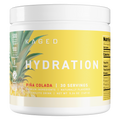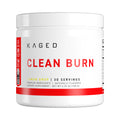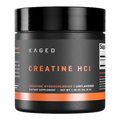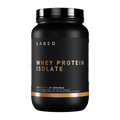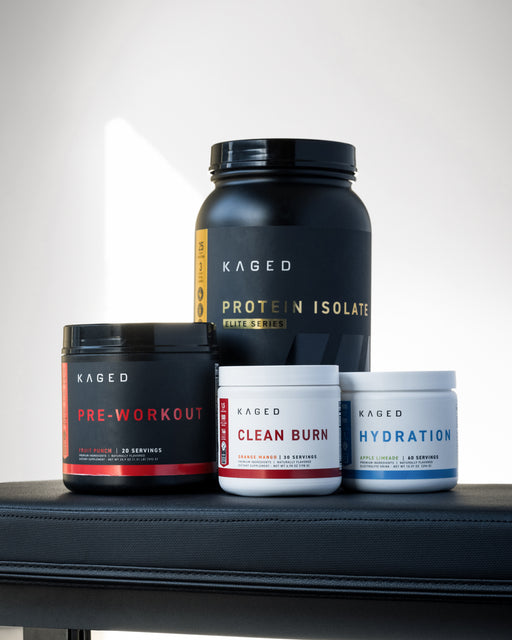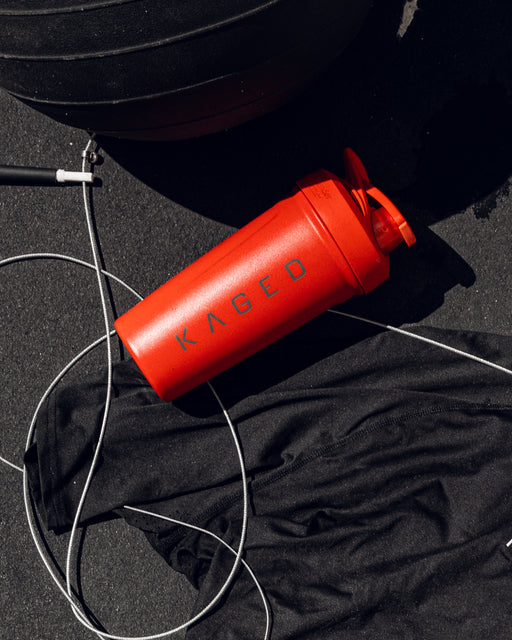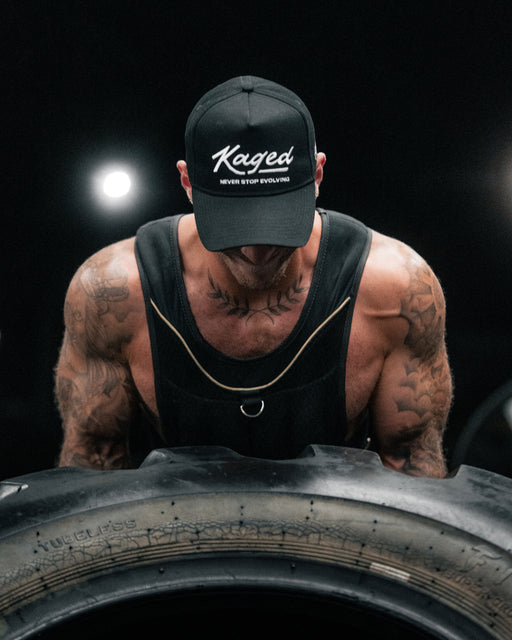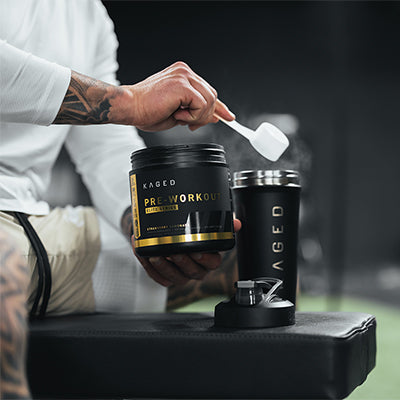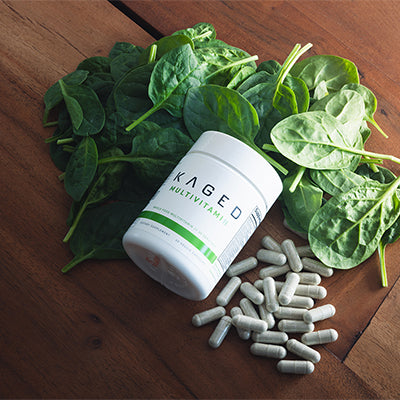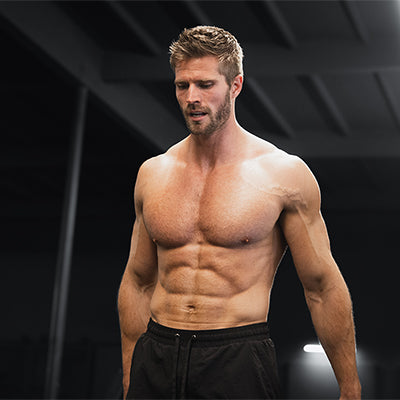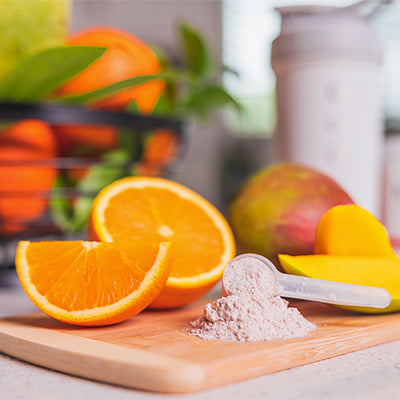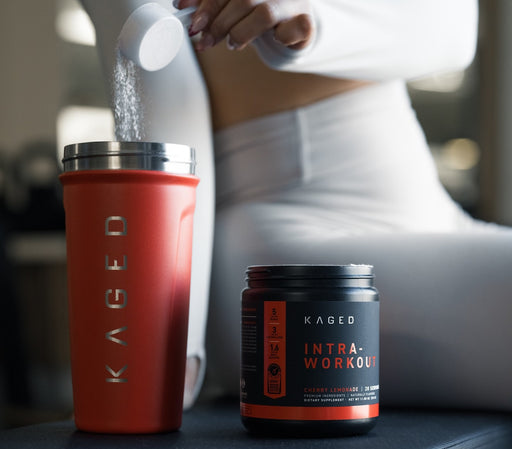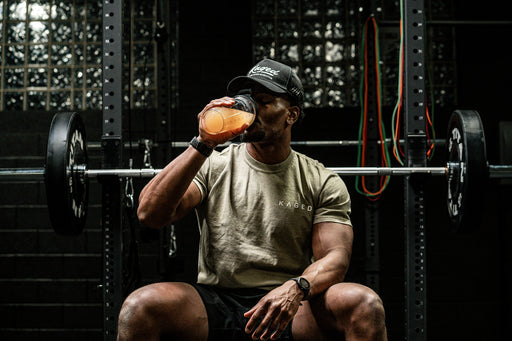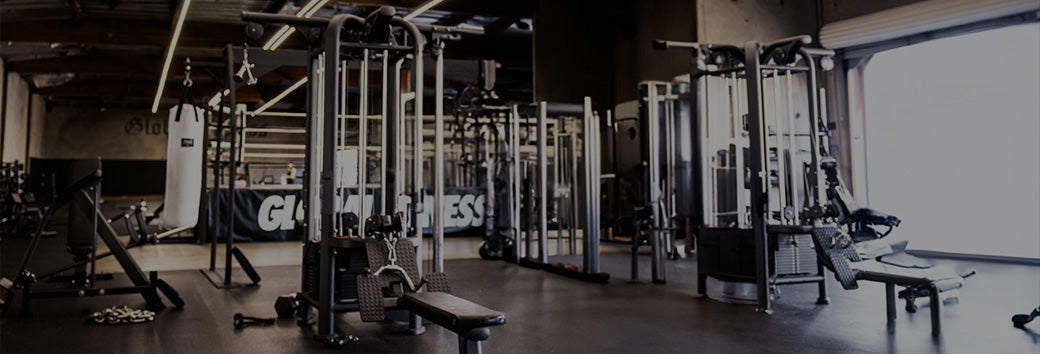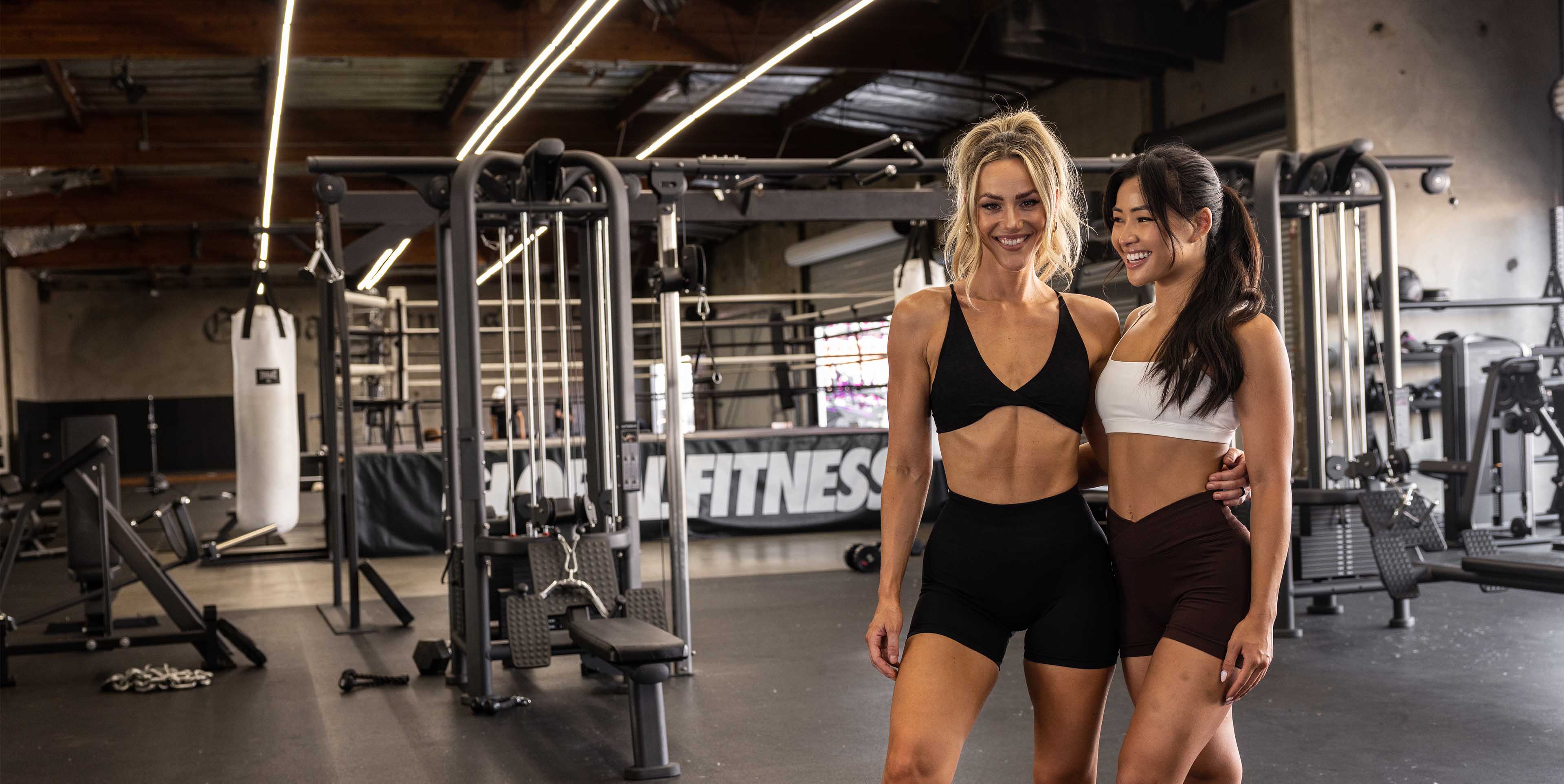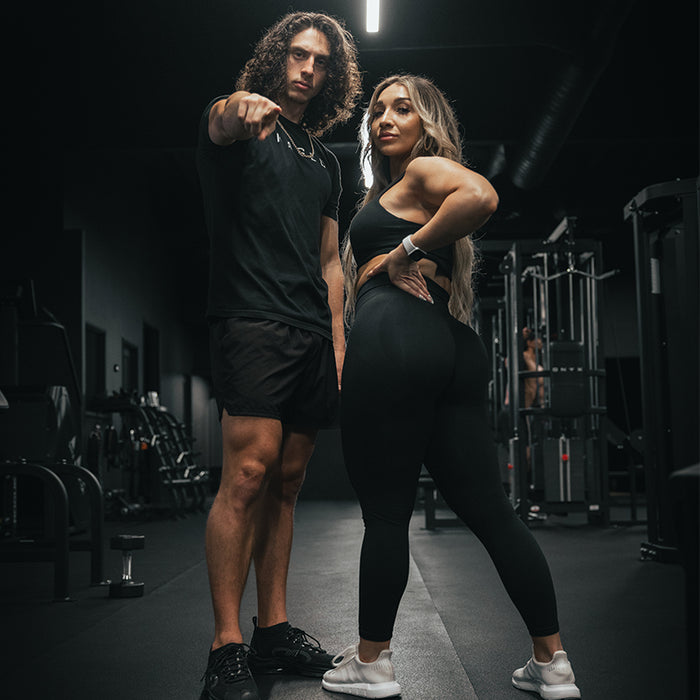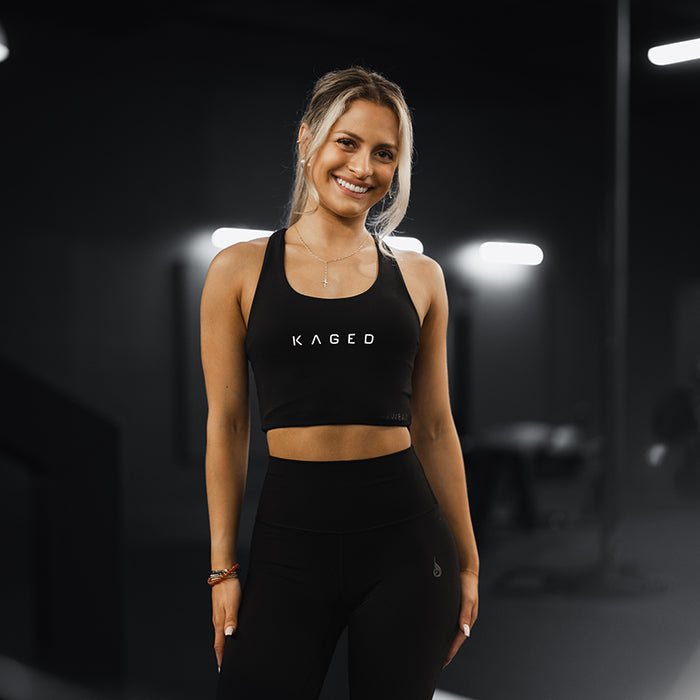While my workout regimen will challenge you for 60-90 minutes every training day, one of the most difficult parts of my Riding the Redline program is getting your nutrition right. In fact, that will be one of the most important takeaways from this program. You’ll learn to eat healthier; you’ll learn which foods work best with your system; and, you’ll be able to adapt these changes into a life-long shift in how you approach food.
I want you to begin to think of your body as a machine. Just like you can’t put mud in your car’s gas tank and expect it to perform, you can’t put crap in your body and expect to have anything other than a shitty workout or results with your physique. The quality of your workouts—and the results from them—depends on what you consume throughout this 4-week program. That’s true of improvements you’ll make with your overall strength, endurance and physique results.
As women, we often go through yo-yo cycles of drastically cutting calories to lose weight, and then regaining it after a period of deprivation. My program is designed to teach you how to break out of this up-and-down pattern, and attain and maintain a healthy relationship with food that will translate to much greater satisfaction with how your body performs and how it looks.
Your nutrition program on Riding the Redline is designed to fuel you to perform all the workouts and get amazing results from them. You’ll improve your strength and endurance as you also shift your body composition, burning stored fat as you increase lean tissue. Keep in mind that this is not a deprivation program—you won’t cut the number of calories all that low, but you may need to make a moderate downshift each week as your body grows accustomed to the calories you’re consuming. This helps you reduce body fat even further as your ability to perform challenging moves improves.
Here’s your to-do list before you begin your Riding the Redline nutrition program.
GET A JOURNAL
I mentioned this in my Training Overview, as well. It’s a really critical, I believe, and so I’m going to mention this in other places throughout the program, as well. I want you to buy and keep a journal of all the foods you eat. Estimate the amounts—no need to weigh your foods, but keep track of everything you consume and the time of day you take it in. This will help you figure out in the long run which foods—or which types of food—work best for you. This varies quite a bit from one person to another. For instance, many people are sensitive to gluten or dairy while others aren’t. Others respond better to fats than carbs (or vice versa). You may be surprised to see what’s working well for you and what isn’t when you keep track of everything you’re getting in each day.
In addition, you’ll also record all of your workouts and supplementation in this journal. I also like to write a summary paragraph or so about each day. You can keep this strictly about your Riding the Redline program, or you can also add your feelings and thoughts about other things. That’s up to you—what I want to emphasize is that you need to keep an accurate record of all that you take in on your program. Remember that every day is a learning opportunity, and going back through your journal will provide you with even more opportunities. That will be true during this 4-week program, but it will be especially helpful weeks, months or years after you complete Riding the Redline.
SHOP BEFORE YOU START
On Riding the Redline, you’ll emphasize clean foods that come directly from the earth. That also means you’ll be avoiding (or at least drastically reducing) foods with lots of preservatives in them. You’ll buy mostly whole foods, emphasizing meats, eggs and dairy, vegetables and fruits, beans and lentils and nuts. For your carbs, you’ll emphasize slow-digesting forms such as oatmeal, brown rice, yams, sweet potatoes and whole-grain breads.
Remember to read labels carefully to learn what’s in every food you consume. For instance, foods like yogurt vary quite a bit. You can find versions that are very clean, consisting almost entirely of dairy. Other types of yogurt contain many additives including sugar. One of the keys to nutrition success is monitoring the foods you buy by checking the labels.
Those who can afford it can emphasize organic foods, and grass-fed meat and dairy products that are higher in healthy fats, especially Omega 3s. Here’s my shopping list. Make additions, deletions and substitutions for your program to your individual needs and tastes.
Protein foods:
Chick and turkey breast
Ground turkey (99% lean)—separate into servings and freeze
those you won’t eat for the next day or two.
Low-fat white fish such as tilapia
Tuna
Salmon
Egg whites—buy them in a jug or just get a lot of eggs
Whole eggs—I like those that are high in Omega-3s
Lean steak
Very lean ground beef
Turkey bacon
Carb foods:
Brown rice (cook and prepare individual servings)
Whole-wheat pasta
Oatmeal
Sweet potatoes—you can cook these ahead of time or per meal
Yams
Whole-grain bread
Beans and lentils
Fruit (berries, citrus, etc.)
Vegetables:
Asparagus
Broccoli
Zucchini
Spinach
And others such as squash, onions and cauliflower. You can use vegetables as
“seasoning” for other foods to make up for the chemical flavors that are often
added to our foods.
Fat foods:
Natural peanut butter
Almond butter
Almonds
Walnuts
Avocados
Coconut oil
Olive, canola, sesame oil
Salmon and other fatty fish—These fit into both the fats and protein
categories
CALORIES
We only have 4 short weeks on this program, and in order to keep your metabolism working at its best you have to take control of your calories. While you don’t need to count every calorie you consume, I want you to be mindful of every food you eat. Consider the purpose of every food as you consume it. That purpose can be as simple as providing your body with an influx of protein at the beginning of the day to taking in slow-digesting carbs about an hour before your workouts to make sure you have enough energy to perform these challenging training sessions.
As a rule of thumb to determine how many calories you should consume, you can take a look at my sample daily meal with the quantities. Make adjustments based on your needs. Remember that you need to get in enough calories every day to prevent losing muscle mass. For me, I like to consume about 2000 calories a day when I’m trying to get a little leaner while I’m training with intensity. This number could vary quite a bit for your purposes, so make adjustments to the quantities I recommend in my daily meal plan, keeping them in the same ratio for all foods.
MEAL TIMING
You’ll eat several meals every day, beginning with a protein shake or breakfast as soon as possible upon rising. It’s crucial to split your calories up fairly evenly throughout the day so your body reduces the amount of time it’s in a catabolic (muscle-breakdown) state. You want your body to be in an anabolic (muscle-building) phase as much as possible, and consuming at least 5-6 meals per day helps you achieve this.
You should consume a meal about every 2-3 hours while you’re following Riding the Redline. I’ve provided a sample daily meal program to show you how I break down my meals, including the timing, the foods, and the quantities that I consume during the first phase of my program.
PROTEIN
You should consume at least 1 gram of protein per pound of your bodyweight every day. And you can consume more than this if needed. Protein provides the amino acids that help your muscles recover and grow from training. Getting in protein throughout the day also helps stave off muscle breakdown—catabolism. When you’re consuming protein throughout the day, your system will spend less time in the catabolic state. This also includes consuming protein before bedtime—our bodies go into a catabolic state while we sleep. Getting in protein at the end of the day before going to bed helps spare muscle tissue. You’ll see that I’ve built this into my daily meal plan at the end of this overview.
Good sources of protein: Chicken and turkey breast, lean sources of beef, lean and fatty fish (fatty fish includes salmon and sardines); eggs, dairy products; vegetable protein such as tofu, and beans and lentils. Emphasize the protein sources that work well for you.
CARBOHYDRATES
Carbohydrates impact your body differently depending upon what they’re constituted of. While you’re following Riding the Redline, you’ll mostly emphasize slow-digesting carbs, which don’t spike insulin levels as much as other types of carbs. Insulin is a hormone that drives the calories you consume to body fat for storage, and so you want to reduce the impact of insulin while you’re following this program. Of course, it’s also beneficial to reduce the impact of insulin in general, and part of what I’m going to explain about carbs below and throughout will help you understand which carb-rich foods to consume and which ones to reduce or avoid.
That means you’ll avoid fast-digesting carbs including all forms of sugar and the foods that feature them such as desserts, juice, table sugar, brown sugar and honey. Instead, you’ll focus on slow-digesting carbs such as oatmeal, yams, brown rice, and whole-grain breads. These foods cause less insulin release, staying in your bloodstream for longer, allowing them to be burned as fuel during your workouts and recovery.
You’ll also emphasize carbohydrates that are low in calories and high in fiber. These include most vegetables and fruits, and beans and lentils. Fiber also helps reduce the release of insulin.
Good sources of carbohydrates: For slow-digesting carbs: oatmeal, yams, brown rice and whole-grain breads (high in fiber). Vegetables, fruits, beans and lentils.
DIETARY FATS
One of the things that may surprise you about my nutrition recommendations is that I don’t want you to avoid dietary fats. I want you to make sure that you get in a moderate amount of quality dietary fats every day. Dietary fats serve many important health and nutrition needs: They help reduce hunger while cutting calories; they provide the building blocks for hormones that assist you in shedding stored fat and building muscle tissue; and, they promote overall health.
There are two types of dietary fats you’ll emphasize on Riding the Redline. The first is saturated fats. These are found in dairy, eggs and meats. By consuming these foods, even the less fatty versions, you’ll be providing your body with an adequate amount of saturated fats. You’ll also want to consume plenty of healthy fats, especially Omega 3s, which are very low in the typical American diet. They’re even challenging to come by on a healthy nutrition program, but emphasizing the sources I lay out will help you get in the Omega 3s you need for optimal general health while you’re following Riding the Redline.
Good sources of dietary fats: Good sources of saturated fats include egg yolks (the whites don’t contain dietary fats), dairy, meat, and many forms of fish. For healthy fats, you should rely upon avocadoes, fatty fish (such as salmon and sardines), olive and canola oil, and nuts and seeds.
HYDRATION
While it’s important to hydrate your body at all times for general health, it’s especially crucial to keep yourself hydrated when you’re following an intense training program that also restricts calorie intake. Getting in plenty of fluids every day helps to regulate your metabolism, keep you feeling good, and make sure you’re maximizing your success on Riding the Redline. While a busy lifestyle often gets in the way of consuming plenty of water, I want you to make sure that you consume a full gallon of water every day. And I want you to take it in throughout the day—not in huge quantities a few times per day. One of the best ways to do this is to fill up a gallon jug and carry it with you, sipping on it throughout the day.
When you work out with intensity you also sweat out key minerals known as electrolytes. Adding Kaged Muscle’s Hydra-Charge to your water helps replenish these crucial nutrients. I like to add Hydra-Charge to my gallon jug and get in my water and electrolytes together.
MAKING CHANGES
Every 8th day of this program, you’ll evaluate whether or not you need to make a shift in calories. If you need to reduce calories, then you’ll do this mainly by reducing carbs in the latter half of the day. My daily summaries will give you guidance on specific changes you should make on days 8, 16 and 24.
These four weeks are going to go by quickly, and there’s no room for cheating on Riding the Redline if you want to see optimal results. Remember that proper nutrition is the most critical component of any intense training program when your goal is to make physical changes.
You’re going to eat the way you train—going further than you thought possible in terms of making sure that you’re developing a healthy relationship with nutritious foods. I’m here to guide and help educate you. At the end of this 4-week program, you’ll know how to fuel yourself as though your body is a machine. This will help you make changes that you’ll keep for the rest of your life, spurring you to better long-term health. In addition, you’re going to love the increases in strength and endurance you achieve as you begin to reshape your physique.
Are you ready to commit? If so, it’s going to be fun. Some of the things I’m going to ask you to do will be a little out of your comfort zone. Put away the chocolate candies and substitute them for something else. All of the dietary changes I’m asking you to make will give you a better lifestyle.
Tell yourself that you can, and then you will.
DAILY MEAL PLAN
Here’s my sample daily meal plan to help you figure out what you need each day. All you have to do is select whatever foods you like from the list I’ve provided, making sure to adjust them for your macros and calories.
|
MEAL AND TIMING
|
FOOD
|
QUANTITY
|
|
Upon rising
|
Water
|
½ litre or 8-10 oz
|
|
|
Supps
|
See my supps chart for specific recommendations
|
|
MEAL 1—breakfast
|
Eggs
|
2-3large
|
|
|
Lean ground beef
|
4 oz
|
|
|
Red potato
|
4 oz
|
|
|
Whole-wheat bread
|
1 slice
|
|
MEAL 2
|
Chicken breast
|
6 oz
|
|
|
Brown rice *
|
½ cup
|
|
|
Vegetables
|
1 cup
|
|
MEAL 3
|
Chicken breast
|
6 oz
|
|
|
Brown rice*
|
1/2 cup
|
|
|
Vegetables
|
1 cup
|
|
PRE-WORKOUT (60 minutes before)
|
Oatmeal **
|
½ cup
|
|
20-30 minutes before
|
Pre-Kaged®
|
1 scoop
|
|
POST-WORKOUT
|
Micropure® Whey Protein or RE-KAGED®
|
1 scoop
|
|
|
Oatmeal
|
½ cup**
|
|
MEAL 4
|
Micropure Whey Protein Isolate
|
1 scoop
|
|
|
Whole-grain bagel
|
1 medium
|
|
|
Peanut butter
|
1 Tbsp
|
|
|
Chopped fruit
|
1 cup
|
|
MEAL 5
|
Ground turkey*
|
6 oz
|
|
|
Sweet potato
|
1 cup
|
|
MEAL 6
|
Chicken breast*
|
6 oz
|
|
|
Whole-wheat pasta*
|
1 cup
|
* Measured after cooking
** Measured before cooking
